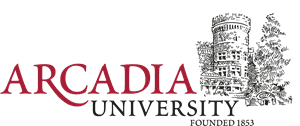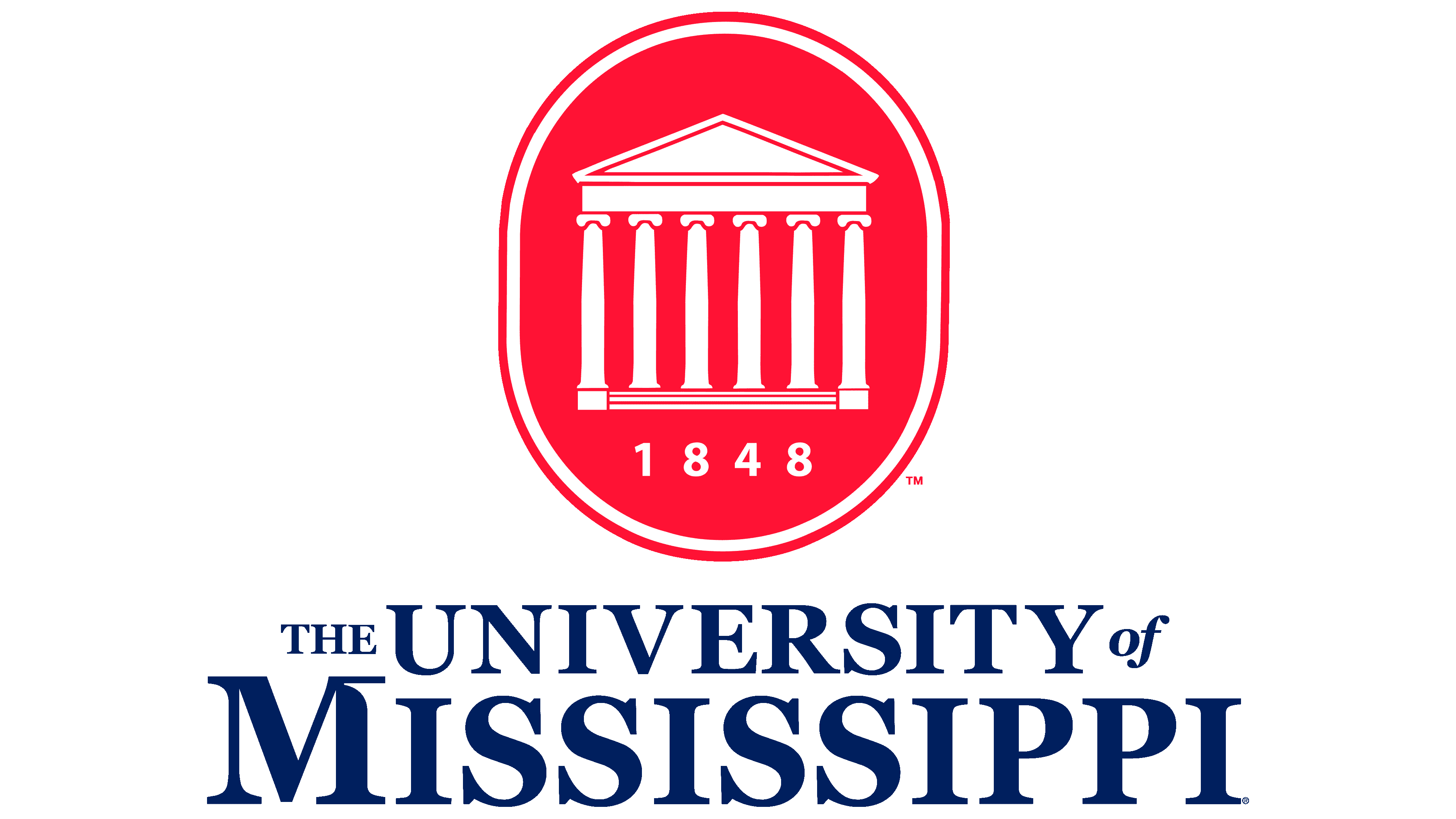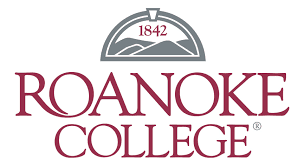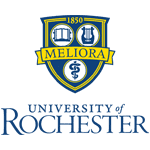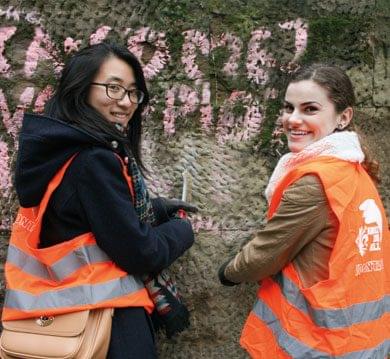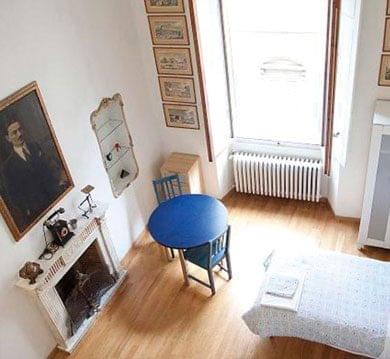About ISI Florence
The International Studies Institute (ISI Florence) was established in 2001 as an independent private educational organization serving as an American center for higher education in Florence, Italy.
At the ISI Florence Italy abroad program, students flourish in a safe, stimulating environment, enjoying a unique educational experience in a truly exceptional city. Students make full use of Florence as a living laboratory during their semester, summer, or academic year abroad.
Studying abroad in Florence is easy with ISI!
Dedicated, passionate, and international faculty members
ISI Florence faculty members are devoted to challenging students in all aspects of their study abroad experience, aiming to foster a new understanding of international travel, cultural integration, and personal growth.
Florence Experience
Discover what life in Florence is like as a student abroad. Your life beyond the classroom is an important experience as well and there is no better place than Florence to discover new friends, faces, places, and tastes! ISI Florence organizes many extra-curricular activities to help you in your discovery of this exciting town.










